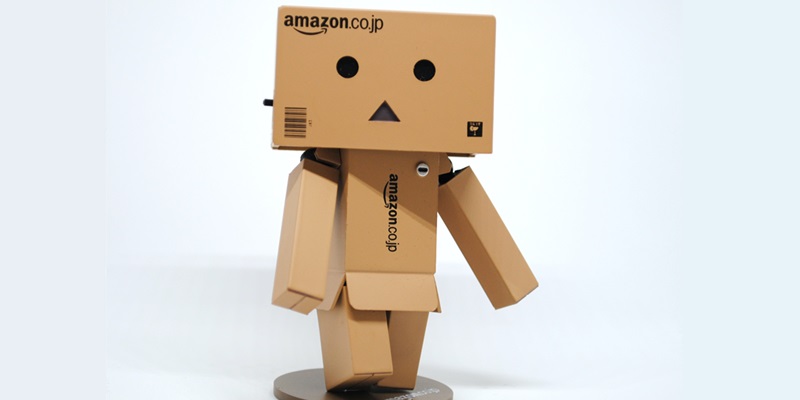In a groundbreaking move, Amazon recently made headlines by introducing human-like robots into its warehouses. With the introduction of Digit, a robot equipped with two arms and legs capable of handling crates, the e-commerce giant aims to eliminate repetitive and mundane tasks traditionally carried out by human workers. This development raises important questions about advancements in technology and their potential impact on job redundancy and the changing dynamics of the work sphere.
Advancements in technology and job redundancy
The implementation of the Digit robot in Amazon’s warehouses marks a significant leap forward in automation. By delegating repetitive and menial tasks to robots, companies hope to free up human workers for more complex and value-added responsibilities. However, skeptics warn that rapid technological advancements could render many jobs redundant sooner than anticipated. As technologies like Digit become more sophisticated, workers across various industries may face immense challenges in adapting to the changing landscape.
Automation in Industries with Threatened Workers’ Rights
The introduction of drone technology for lightning-fast parcel delivery in the UK is another instance of automation transforming the workforce. Industries that have witnessed recent threats to workers’ rights seem to be at the forefront of automation initiatives. While automation can undoubtedly increase efficiency and productivity, concerns arise regarding potential job displacement and the impact on employee livelihoods. Striking a balance between technological advancement and safeguarding workers’ rights is crucial for a sustainable and equitable future.
Benefits of AI and advanced technology
Advocates argue that incorporating artificial intelligence (AI) and advanced technology into the workforce brings significant benefits. By handling non-technical and repetitive tasks, AI frees up human workers to focus on more intellectually stimulating and creative work. While there is legitimate concern about job displacement, it is crucial to recognize that technology can augment human capabilities rather than fully replace them. The key lies in finding a harmonious integration of human and machine, maximizing the potential of both.
Low-skilled jobs at risk
Low-skilled jobs, often characterized by low pay and compromised working conditions, are particularly vulnerable to being replaced by technology. Industries such as manufacturing, warehousing, and transportation, where these jobs are prevalent, are witnessing increased automation efforts. While technological progress is necessary for economic growth, it is essential to address the potential consequences for individuals in these low-skilled positions. Policies must prioritize retraining programs and social safety nets to ensure a just transition for workers affected by automation.
Shift of Power in the Work Sphere
Employers and HR practitioners have come to recognize a significant shift in power dynamics within the work sphere since the onset of the COVID-19 pandemic. As employees seek better work-life balance, flexible work arrangements, and improved employment conditions, employers now face the challenge of attracting and retaining top talent. This power shift necessitates a reevaluation of traditional employment models and strategies, with a greater emphasis on employee satisfaction, well-being, and work-life integration.
The impact of generative AI on the job market
Research conducted by Goldman Sachs has revealed alarming insights into the potential impact of Generative AI on the global job market. This advanced technology alone could potentially replace over 300 million jobs worldwide. As technological advancements continue at an unprecedented pace, it is paramount to prepare for the repercussions. Lifelong learning, upskilling, and reskilling programs must be prioritized to equip individuals with the necessary skills for the jobs of the future.
Consequences of Technological Unemployment
The rise of automation and the potential for high levels of unemployment due to technological advancement raise concerns about job market competition. With a surplus of candidates vying for limited opportunities, individuals looking to upskill or reskill may face heightened challenges in securing employment. This situation could potentially exacerbate a shift back to employer power, with companies having an advantage in negotiating employment terms. Policies addressing these imbalances are necessary to ensure a fair and inclusive job market.
Advancements in technology, including the introduction of human-like robots and the application of AI, are transforming the workforce in unprecedented ways. While the integration of technology brings undeniable benefits, the potential for job redundancy and the impact on workers’ rights must be carefully monitored and addressed. It is crucial for policymakers, employers, and individuals to work collaboratively to ensure a seamless transition, offering opportunities for retraining, upskilling, and job creation. With the right approach, society can harness the power of technology to create a future of equal opportunities and shared prosperity.

